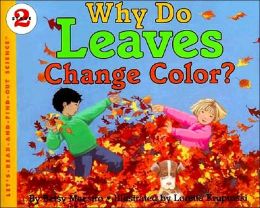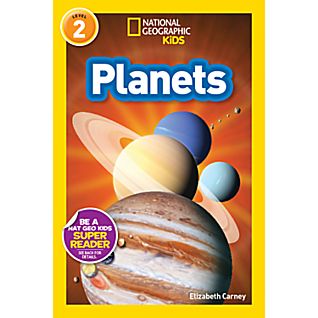
Mistakes That Worked By: Charlotte Foltz Jones
This is a fun story about inventions that came about by mistake. Piggy banks, silly putty, potato chips, and frisbees were all created by mistake. The book is full of cartoon pictures perfect for young children. This book would be useful to teach children about inventors, and how sometimes our mistakes can really be great ideas.

Why Do Leaves Change Color? By: Betsy Maestro
This book is about why leaves change color in autumn. It explains what happens when leaves change from green to brown, red, and orange and separate from trees. There are detailed illustrations of leaves in different sizes, shapes, and colors. Maestro also includes simple instructions for making a leaf rubbing and for pressing leaves.

From Tadpole to Frog By: Wendy Pfeffer
This book takes you from just an egg to a full grown frog. Holly Keller provides wonderful illustrations for each stage of life. We get to see life both under and above water. The sentences are simple, and the author includes questions and exclamations to help break up the informative text. This book is an engaging way to teach students about the life cycle of a frog.

Storms By: Seymour Simon
This book explains how and why different storms occur. There are breath-taking photographs of storms in their different stages. The book also discusses information about the safest thing to do when caught in each type of storm. Although the book does not discuss every type of cloud and has no information of simple rainstorms, it still does a wonderful job of describing some more serious storms.

Tracks in the Wild By: Betsy Bowen
This book shows you footprints and the stories they tell. Readers will learn about 13 different animals: where it goes, what it likes to eat, when it run, and why. Each page contains a life size animal track and the information about that particular animal.

Look Out for Turtles! By: Melvin Berger
Turtles are among the oldest living creatures in the world, and this book will help readers discover how turtles have survived this long. The book talks about a turtle's shell and how it helps to protect him. The shells are hard and the markings help them to blend in. The book includes information on the kinds and sizes of turtles, their characteristics and lifestyles, and endangered species.

Volcanoes! By: Editors for TIME For Kids
Readers get the opportunity to find out why volcanoes erupt, visit the world's hot spots, and learn many fun facts about volcanoes. The book provides exciting pictures of different aspects of volcanoes along with the information.

Planets By: National Geographic Kids
This book uses simple language to introduce the wonders of space to its readers. It introduces the solar system, including planets and dwarf planets. Readers also get to learn plenty of fascinating facts.

Your Fantastic Elastic Brain Stretch it, Shape it By: JoAnn Deak
This picture book teaches children that they have the ability to stretch their brain. The book introduces readers to the anatomy and functions of the brain in an engaging way. The crucial message of the book is that everyone makes mistakes, and it is an essential part of learning.

The Magic School Bus Explores the Senses By: Joanna Cole
Ms. Frizzle's class finds themselves on another crazy adventure when the principal ends up driving the magic school bus to give Ms. Frizzle an important message. The bus shrinks after the principal flips a switch and ends up in a police officer's eye, then a child's ear, a dog's nose, and, finally, Ms. Frizzle's mouth.
*All of these books can be found on www.amazon.com
No comments:
Post a Comment